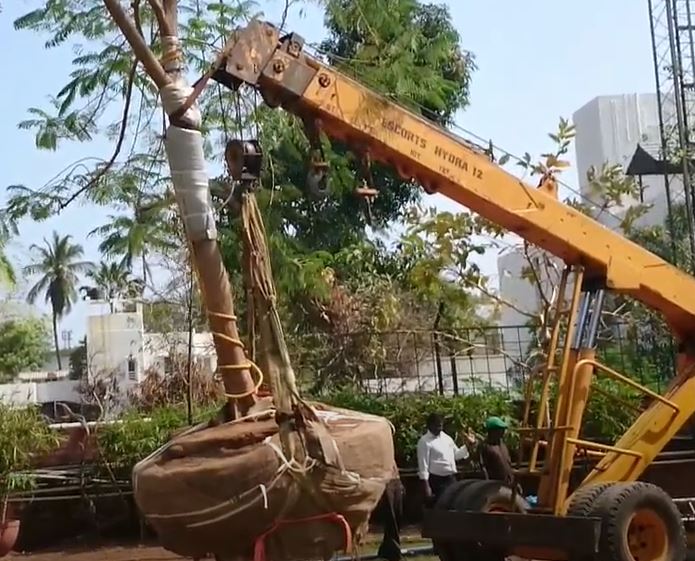The battle against climate change calls for innovative strategies and collective action. Carbon offset projects have emerged as a powerful tool to reduce greenhouse gas emissions and contribute to a more sustainable future. These projects, ranging from reforestation initiatives to renewable energy endeavors, are pivotal in combating global warming. To qualify as a carbon offset project, certain key elements must be present and adhered to.
In this blog, we explore these essential elements, shedding light on how carbon offset projects make a tangible difference in the fight against climate change.
1. Additionality
At the core of any carbon offset project is the principle of additionality. This means that the emissions reductions or removals achieved by the project would not have occurred in the absence of financial incentives from the carbon offset market. The project must represent an additional effort beyond business as usual. It’s about going the extra mile to reduce emissions and mitigate climate change.
2. Baseline Emissions
To measure the effectiveness of a carbon offset project, a baseline must be established. This baseline serves as a reference point against which emissions are measured. It represents the emissions that would have occurred in the absence of the project. Accurate baseline data is crucial for assessing the project’s impact on emissions reduction.
3. Measurement and Monitoring
Accurate measurement and monitoring systems are the backbone of a qualifying carbon offset project. These systems ensure that the project is effectively achieving its emissions reduction goals. They involve collecting data, analyzing trends, and reporting progress. Regular monitoring is key to staying on track and making any necessary adjustments to ensure success.
4. Emission Reduction Methodology
Different types of carbon offset projects require specific methodologies for quantifying emissions reductions. Whether it’s a project related to renewable energy, afforestation, or energy efficiency, the methodology used must be recognized and approved. These methodologies provide a standardized approach to measuring and validating emissions reductions.
5. Certification Standards
Carbon offset projects must adhere to recognized certification standards or programs. These standards, such as the Clean Development Mechanism (CDM), the Carbon Registry – India Standard (CRIS), Verified Carbon Standard (VCS), or the Gold Standard, set the bar for excellence in carbon offset creation. They outline best practices and criteria for the development and implementation of projects.
6. Independent Verification
To ensure the integrity of emissions reduction claims, third-party verification is essential. Accredited auditors or verification bodies independently review project data, processes, and methodologies. This independent verification guarantees that the project meets rigorous standards and accurately reports its emissions reductions.
7. Permanence
For projects involving carbon sequestration, such as reforestation or afforestation, permanence is a critical consideration. It addresses the risk of the stored carbon being released back into the atmosphere. Permanence measures and strategies are in place to safeguard against this, ensuring that emissions reductions are long-lasting.
8. Leakage Mitigation
Leakage refers to the unintended displacement of emissions from one area to another due to the project. To qualify as a carbon offset project, measures must be taken to mitigate and account for leakage. Projects must ensure that emissions reductions are not merely shifted elsewhere but are genuinely reduced.
9. Stakeholder Engagement
Engagement with local communities, indigenous groups, and other stakeholders is a key element in a qualifying carbon offset project. It’s essential to consider and address social and environmental concerns while ensuring that local communities benefit from the project. Effective stakeholder engagement fosters collaboration and a shared commitment to sustainability.
10. Environmental and Social Safeguards
Projects must adhere to environmental and social safeguards to prevent negative impacts and promote positive social and environmental outcomes. This often involves conducting comprehensive environmental and social impact assessments to identify and address potential risks and benefits.
11. Transparency and Reporting
Transparency is crucial for maintaining trust and accountability in a carbon offset project. Clear, detailed documentation and regular reporting on project activities, emissions reductions, and stakeholder engagement are essential. Transparency is the foundation for demonstrating the project’s credibility.
12. Registry and Issuance
Carbon offsets are registered with recognized carbon registries, where they are tracked and issued as tradable carbon credits. These registries provide transparency and accountability in the carbon market. They ensure that carbon credits are properly accounted for and can be traded or retired to offset emissions.
13. Local and National Regulations
Carbon offset projects must adhere to local and national regulations, permits, and legal requirements. Regulatory compliance ensures that the project operates within the framework of the host country’s laws and regulations.
14. Sustainable Development Goals (SDGs)
To maximize the benefits of carbon offset projects, alignment with the United Nations Sustainable Development Goals (SDGs) is encouraged. These goals encompass broader sustainability objectives, including poverty reduction, clean energy access, and biodiversity conservation. Carbon offset projects can contribute to these global objectives.
15. Risk Management
Effective risk management is a crucial element of a qualifying carbon offset project. It involves identifying and mitigating potential risks that could affect the project’s success or its ability to deliver emissions reductions. Managing risks ensures that the project remains on track and resilient to challenges.
These key elements, when meticulously applied and adhered to, distinguish a qualifying carbon offset project from others. They ensure the project’s quality, integrity, and effectiveness in achieving real emissions reductions and combating climate change. Carbon offset projects have a significant role to play in the transition to a more sustainable and low-carbon future, and these elements are the cornerstones of their success.


